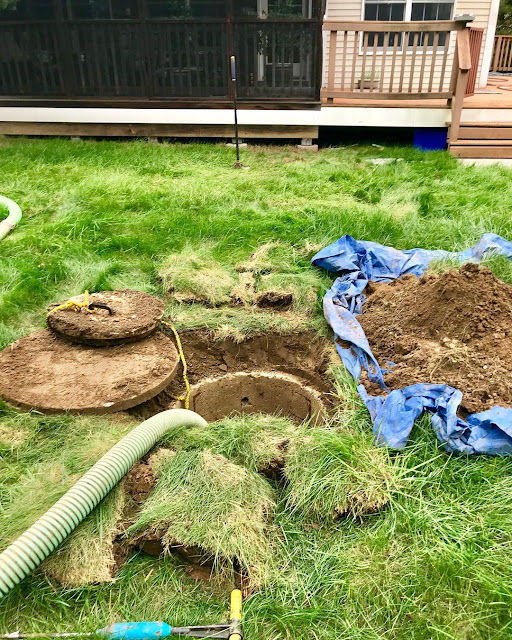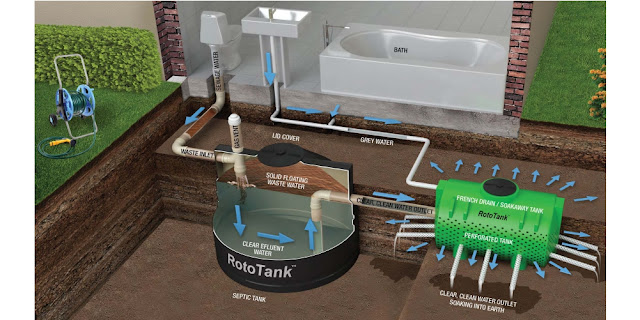How to check septic tank is full
How to Check If Your Septic Tank Is Full: A Step-by-Step Guide
Regular maintenance and monitoring of your septic system is essential to prevent issues and ensure its proper functioning. One crucial aspect of septic system maintenance is determining whether the septic tank is full and needs pumping. In this article, we will provide you with a step-by-step guide on how to check if your septic tank is full, including signs to look for, DIY methods, and the importance of professional inspection.
Understanding the Signs
Several signs indicate that your septic tank might be reaching its capacity. Being aware of these signs can help you address the issue before it leads to more severe problems. Look out for the following indicators:
Slow drains: If your sinks, showers, or toilets are draining slowly, it may indicate a full septic tank. The accumulation of solids and scum can restrict the flow of wastewater.
Foul odors: Foul smells emanating from drains, the yard, or near the septic tank area could indicate a full or malfunctioning septic system. The presence of odor can be a sign that the tank needs pumping.
Sewage backup: Sewage backup in toilets, sinks, or drains is a clear indication of a full or clogged septic tank. If you experience this issue, it is crucial to take immediate action to prevent further damage.
DIY Methods for Checking Tank Fullness
While it is recommended to have a professional inspection to accurately determine the tank's fullness, you can also perform some basic DIY checks. Here are a few methods you can try:
Visual inspection: Locate the access lids of your septic tank and remove them. With caution, use a flashlight to observe the tank's contents. If the level of scum and solids is close to or above the outlet pipe, it's an indication that the tank is full.
Probe testing: Use a long, sturdy stick or probe to measure the depth of the tank's contents. Insert it into the tank through the access port and carefully gauge the level of solids and scum. If it's near or above the recommended level, it's time for pumping.
Water flow test: Flushing a large amount of water down the toilet can help determine the tank's fullness. If the water backs up or drains slowly, it may indicate that the tank is full and needs pumping.
Importance of Professional Inspection
While the DIY methods mentioned above can provide a general indication, they may not provide an accurate assessment of the septic tank's fullness. Professional inspection is highly recommended for the following reasons:
Accuracy: Professionals have the expertise and tools to accurately measure the tank's fullness and assess its overall condition. They can also identify any potential issues or damage that might require attention.
Safety: Septic tanks contain harmful gases, such as methane, which can be dangerous if inhaled. Professionals are trained to handle these risks and ensure their safety during inspections.
Preventative maintenance: Regular professional inspections allow for proactive maintenance. Experts can identify potential problems before they escalate, saving you from costly repairs or system failures.
Conclusion
Regularly checking the fullness of your septic tank is crucial for maintaining the health and longevity of your septic system. By understanding the signs of a full tank, performing basic DIY checks, and seeking professional inspections, you can ensure timely pumping and prevent potential issues. Remember, it's always better to be proactive in septic system maintenance than to wait for problems to arise.




Comments
Post a Comment